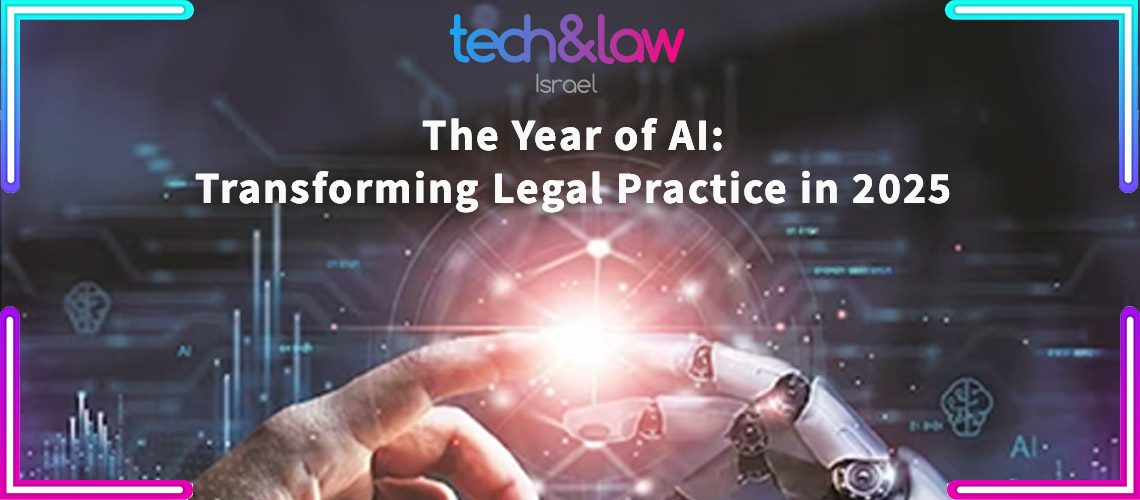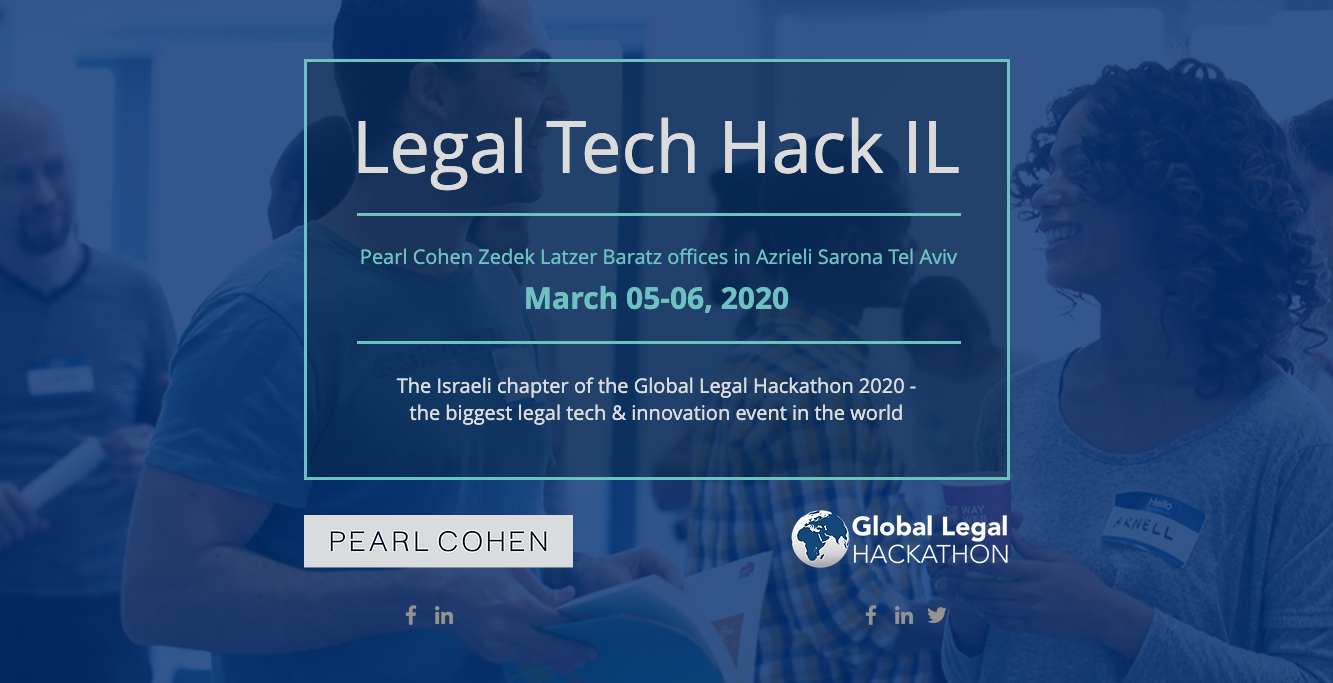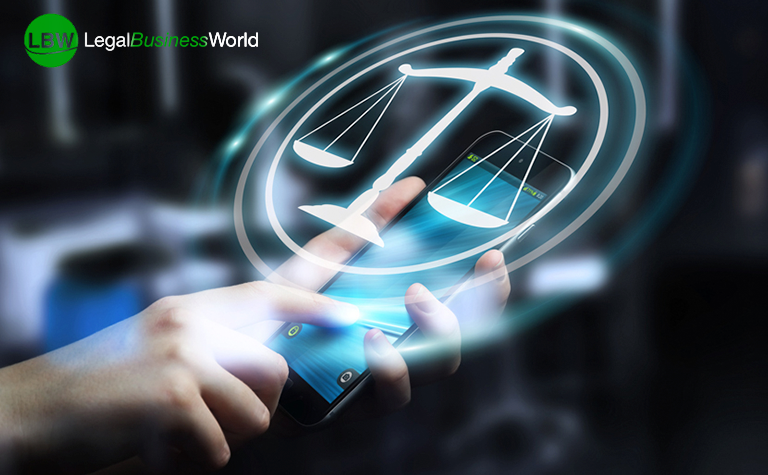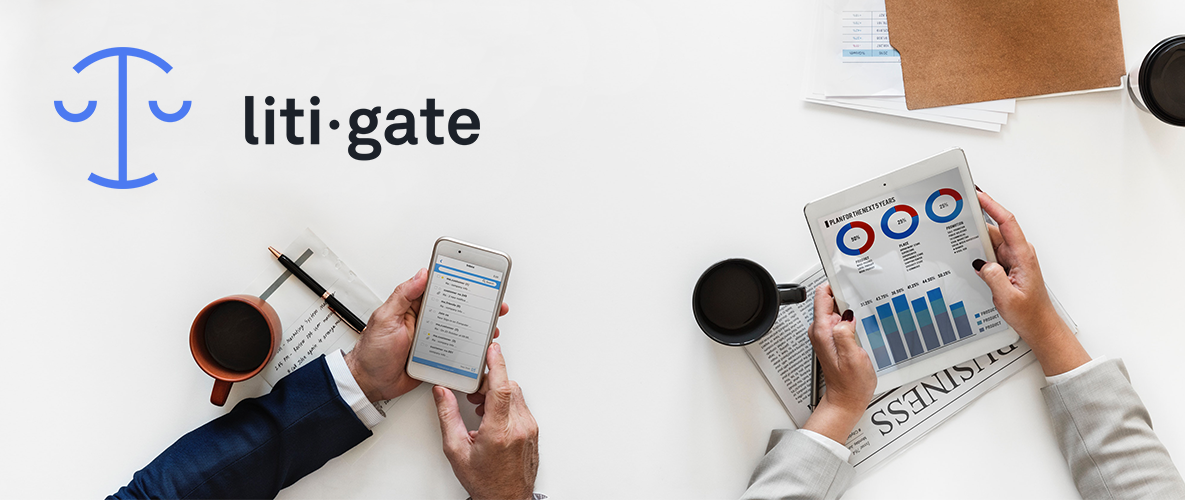
Elizabeth Korbatov
The 2025 US legal market is one defined by rapid technological change, particularly the advent of AI. Some experts and industry leaders have even dubbed 2025 “the year of AI” after observing its increasingly relevant role in the day-to-day practice of law throughout 2024. AI has demonstrated its ability to transform a myriad of industries, and law is no exception. The ability to harness and effectively utilize AI is becoming increasingly important, and law firms must find a way to embrace this innovation.
As an industry, the law itself is deeply rooted in history and tradition, and technological innovation has never been a primary focus. Many law firms are hesitant to utilize AI, facing unique challenges and industry-wide trepidation. This hesitancy is not without reason. The introduction of AI into legal practice, like any new technology, brings risks. A recent incident highlights the potential pitfalls. In 2024, an attorney filed a legal brief with AI assistance. However, the judge reviewing the brief discovered that six of the cited cases didn’t exist. This serves as a cautionary tale: While AI can be a useful tool for boosting productivity, it is not infallible. An attorney’s ability to write, reason, and construct cogent legal arguments is aided by AI, but it cannot replace the trained legal mind.
Despite these challenges, AI’s presence in the legal field is rapidly expanding. Legal academics and industry leaders are already grappling with the best way to integrate AI into law schools. In 2024, over half of law schools surveyed by the American Bar Association (ABA) reported offering courses on AI. Moreover, 83% of these schools provided clinics where students could learn how to apply AI in practice. Some professors even encouraged or required students to use AI for research and classwork. Law schools have also adapted academic honor codes to reflect the rise of AI, balancing the integration of new technology with academic integrity.
Notwithstanding the risks and challenges, AI’s ability to automate tasks such as regulatory compliance, legal research, and case outcome predictions is gradually changing the role of attorneys for the better. Lawyers are all too familiar with the time-consuming tasks of sifting through client documents and conducting mountains of legal research, which cost firms thousands of hours and significant amounts of money each year. AI has rapidly evolved from executing single tasks to becoming a multifaceted tool that can streamline complex legal workflows. The automation of monotonous tasks also allows attorneys to spend more quality time with their clients. As an industry, law firms rely heavily on good customer service. The ability to connect with clients, deeply understand their cases, and deliver satisfying results makes attorneys more effective practitioners and contributes to the success of the firm. AI is transforming what it means to be an attorney, but it does not replace the human side of the law—one that is built on strong professional relationships and mutual trust with clients.
Conservative industry standards also do not seem to repel attorneys in their use of AI. 73% of attorneys surveyed report that they are interested in using AI to aid in the most time-consuming aspects of their jobs. Many industries have been heavily hit by AI’s ability to replace human employees, but law seems to be in a niche, sweet spot. Specific AI tools such as NLP’s and LLM’s have become increasingly popular amongst lawyers and will likely continue to grow in popularity. NLP’s (Natural Language Processing) and LLM’s (Language Learning Models) are both powerful machine learning tools. NLPs encompass a myriad of AI programs that break down language into digestible components, generate meaning, and subsequently analyze, translate, or respond. For lawyers, this means that NLP’s can engage in document classification, research, compliance and more. On the other hand, LLM are specific types of neural networks known as transformer networks that operate on vast amounts of language data, operating via working memory and using that data to predict the next word in linguistic sequences. LLMs are useful in automating the contract review process, generate summaries of lengthy texts, and act as virtual assistants to clients.
Of course, ethical considerations remain paramount, especially considering that no federal regulation surrounding the use of AI within the legal industry currently exists. A patchwork of state laws addressing data privacy issues and governing the overall use of AI exist. One such example would be California’s data privacy law, which may serve as a salient example for future federal regulation as AI continues to be ever-present within the law and beyond. As a field, the law is one steeped in rules and regulatory processes. Unregulated tools such as AI challenge industry expectations, where the practice of law is conducted under the auspice of strict procedure and clear ethical guidelines. As the use of AI in the legal industry continues to solidify its role, regulation will likely follow, allowing attorneys and clients to benefit from AI while maintaining the ethical standards this age-old industry prides itself on.
The trends of the past year suggest that AI use within the law will only continue to grow and expand. The future of the legal industry is being shaped by AI in ways that were once unimaginable. As law firms continue to adapt, embracing AI’s ability to streamline workflows, improve productivity, and enhance client service, the legal profession stands at the threshold of a new era—one in which technology and human expertise work in tandem. If applied with appropriate caution and flexibility, AI will be able to transform the legal industry for the better, making legal practice more efficient while supporting the sacred relationship between attorney and client, one that has defined the practice of law since its inception.







